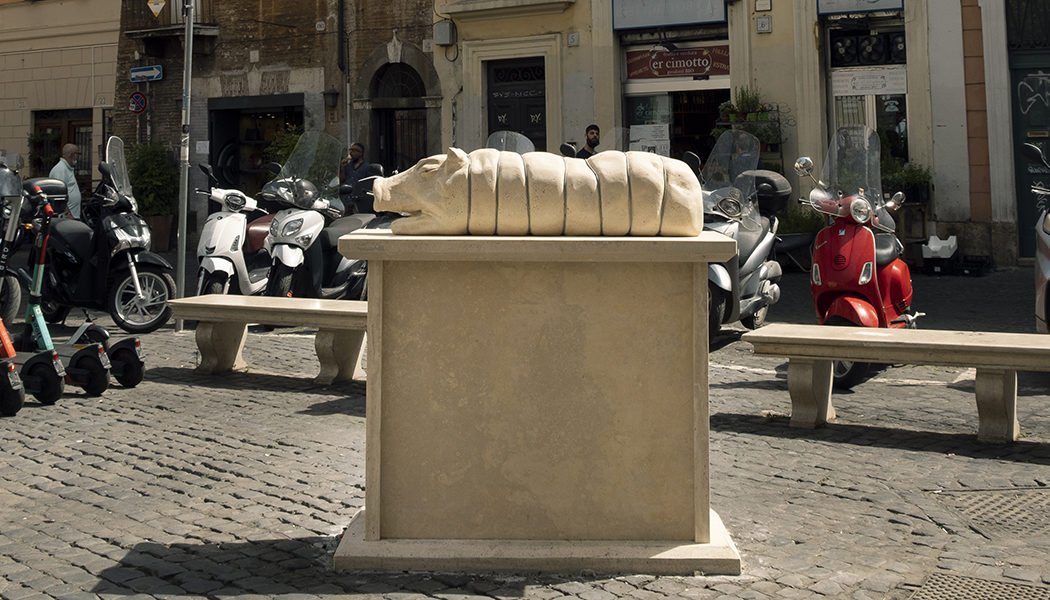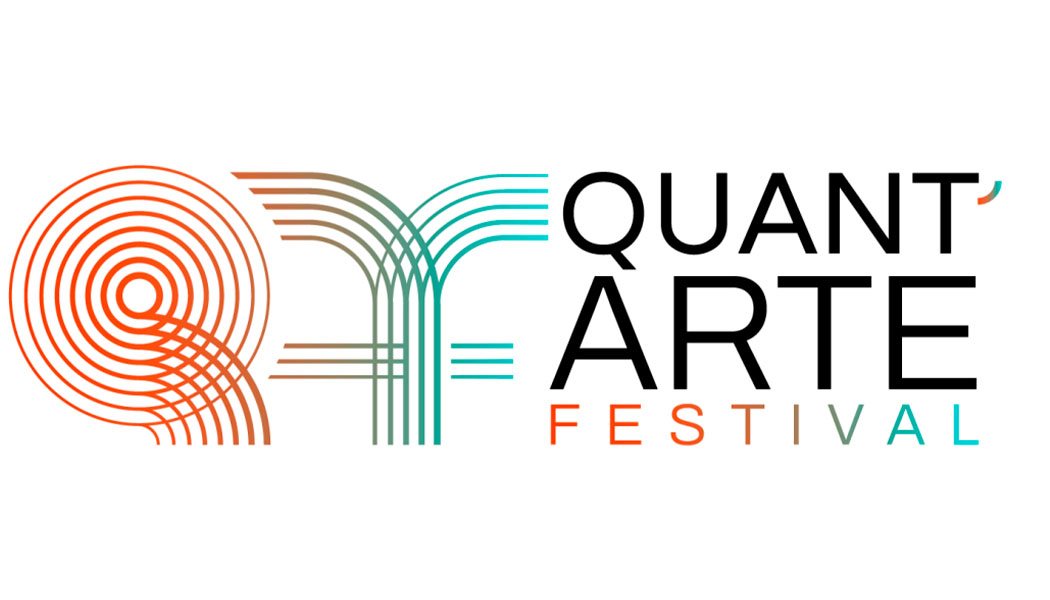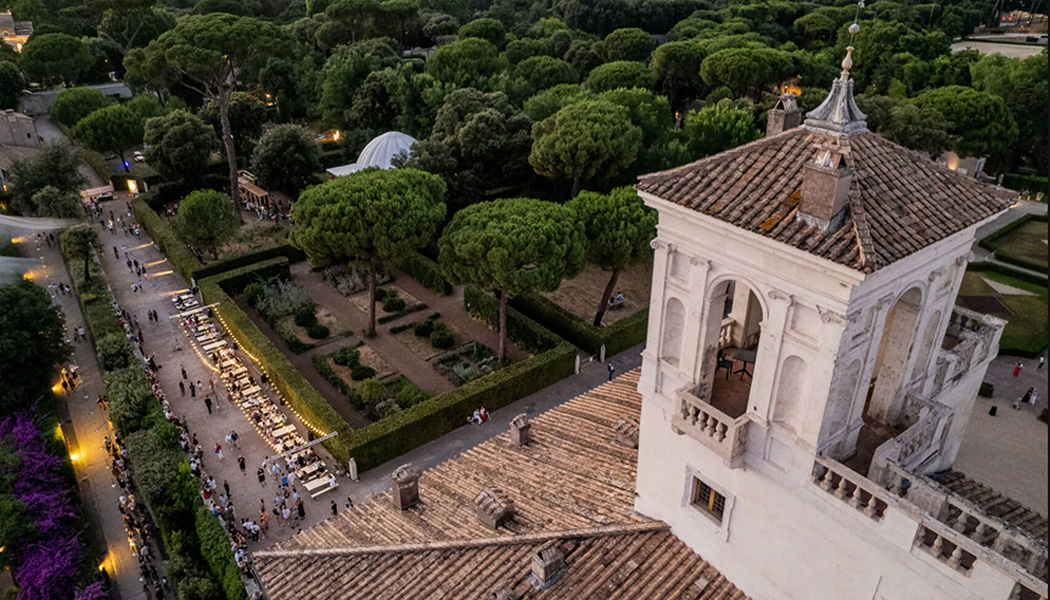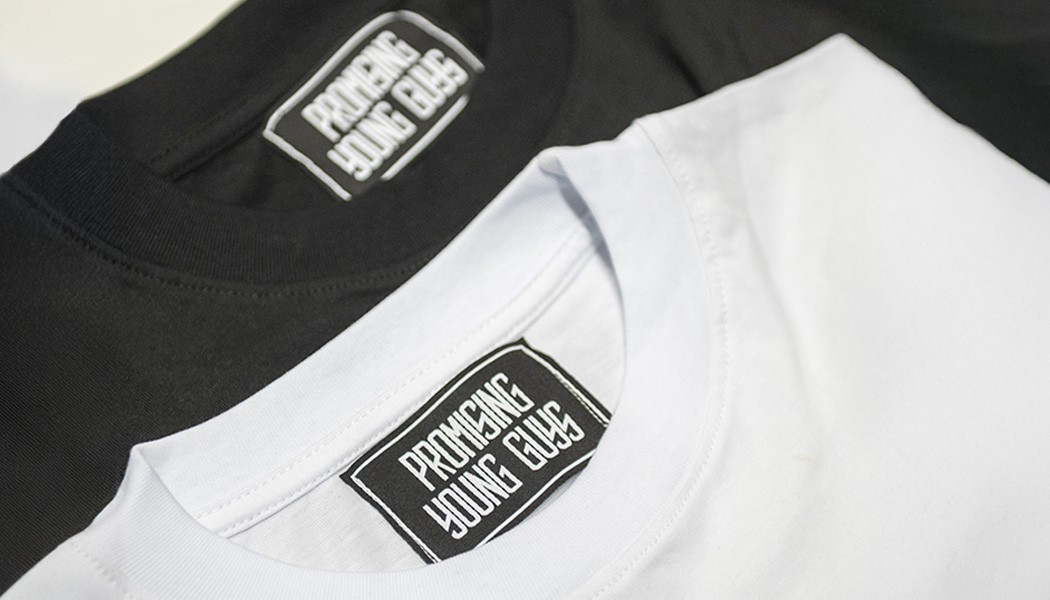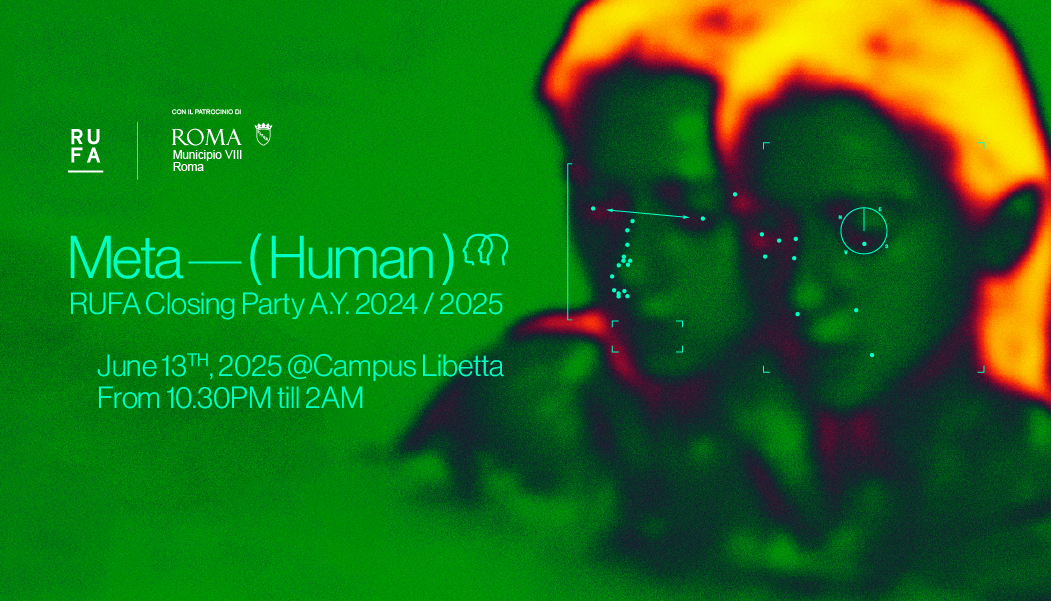Roman travertine creates more of a scandal than reality itself. At a time when we have stuffed horses and sharks immersed in formaldehyde in museums and major collections, we certainly did not expect a classical sculpture to make a noise, rendered in the manner of the great Roman animal sculpture tradition. A work in which sculptors have carved a form and which obviously did not involve the killing or mistreatment of any animal. The work was based on preparatory drawings and made by hands and tools, and not by the capture of a beautiful tiger shark commissioned, albeit in Australia, which was actually killed.
On the other hand, a sculpture that celebrates life and tradition, which merely immortalises, as a monument, what happens every day, a dish that feeds us in a dish that feeds us in many characteristic Roman fraschette, legally and normally, every day. For years porchetta has been the pride and joy of Rome, a poor man’s dish and a delicious one, whose sellers obviously do not commit crimes, nor do they generate processions, as a travertine does.
A local dish, like carbonara and amatriciana, also meat-based, for which not many ingredients and money were (and are) needed in the hard times. A dish that celebrates the company of people, with a glass of wine and a sandwich. A horizontal image that opposes and accompanies, with the same force of life, the vertical kebabs that are also everywhere on our streets.
So what is striking and disconcerting? The image-monument of the truth of every day more than the truth, the celebration of food more than a real killing or a real mistreatment (which there has not been). Can our life and tradition exist but not be fixed in image by any artist? Can America celebrate and tell itself to be pop, that is popular, of all people with the image of a McDonald’s sandwich and a Coke, but we cannot tell that we come from fraschette, wine and porchetta? Shouldn’t we say that we survived with this, that we lived, that we went on when everything was difficult?
In this work we celebrate in the manner of ancient heroes the hero of our recent history, the pig that made our life, history, tradition and survival possible. Not on squalid farms, not in the industrial machines of large chains that make sandwiches, but in the countryside, with the farmer, in what has always been, and hopefully still is, a healthy relationship with food, not canned, but real.
Yet its celebration generates horror. Something is not right.
